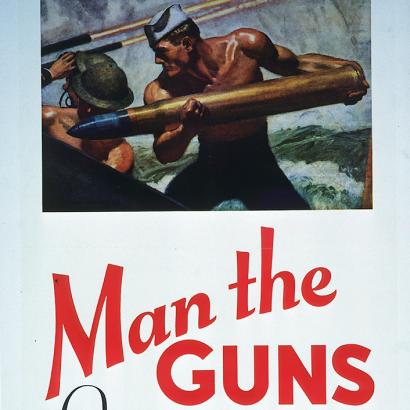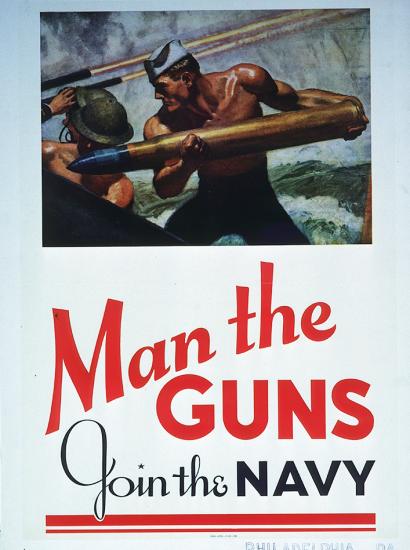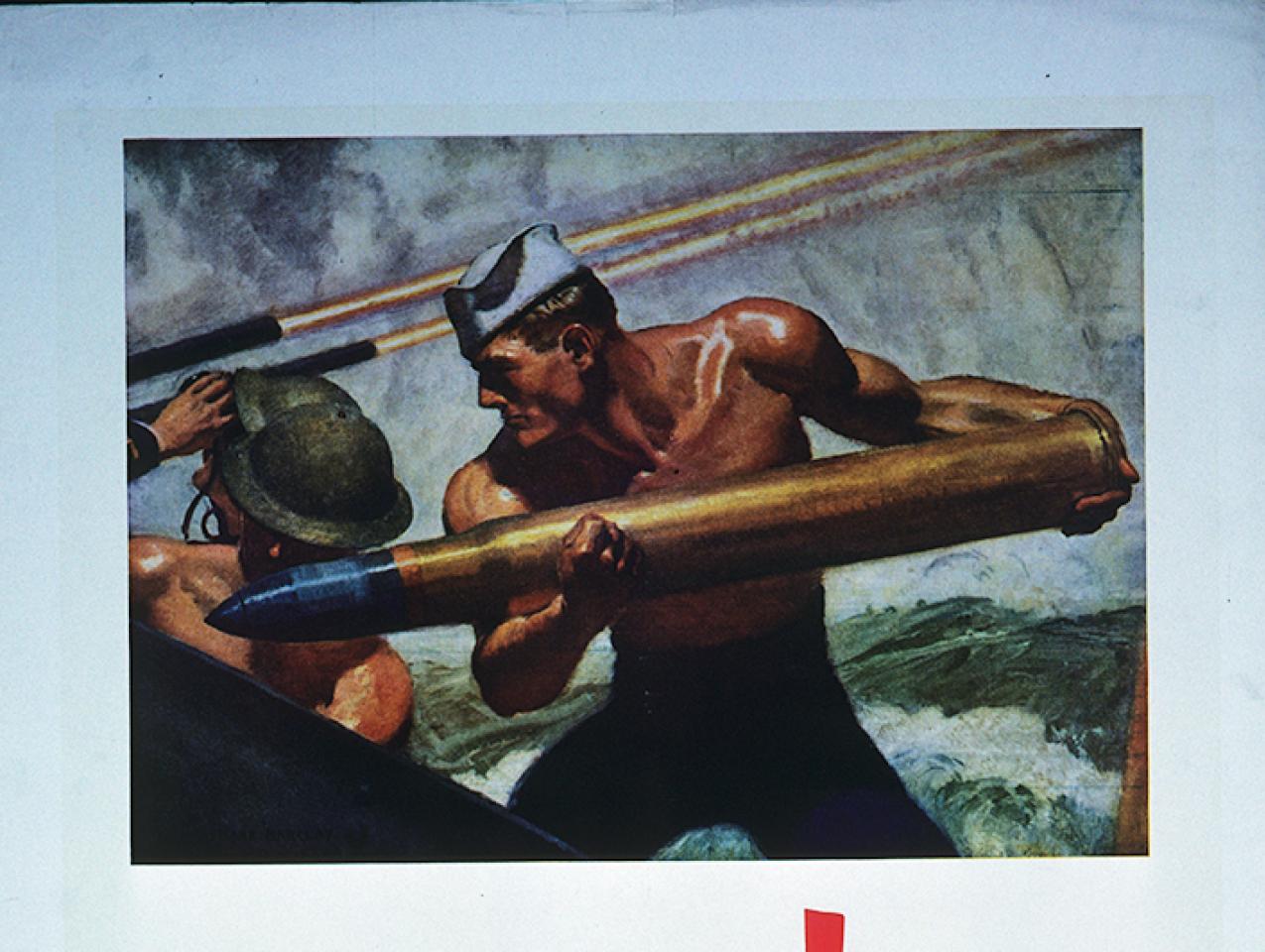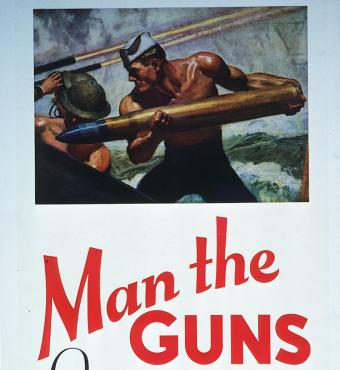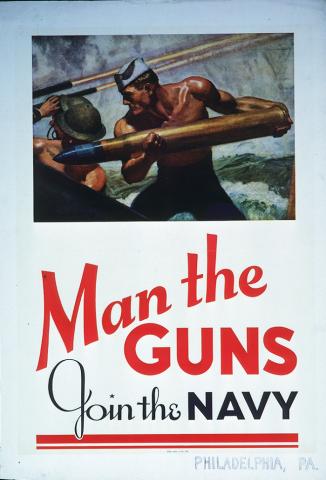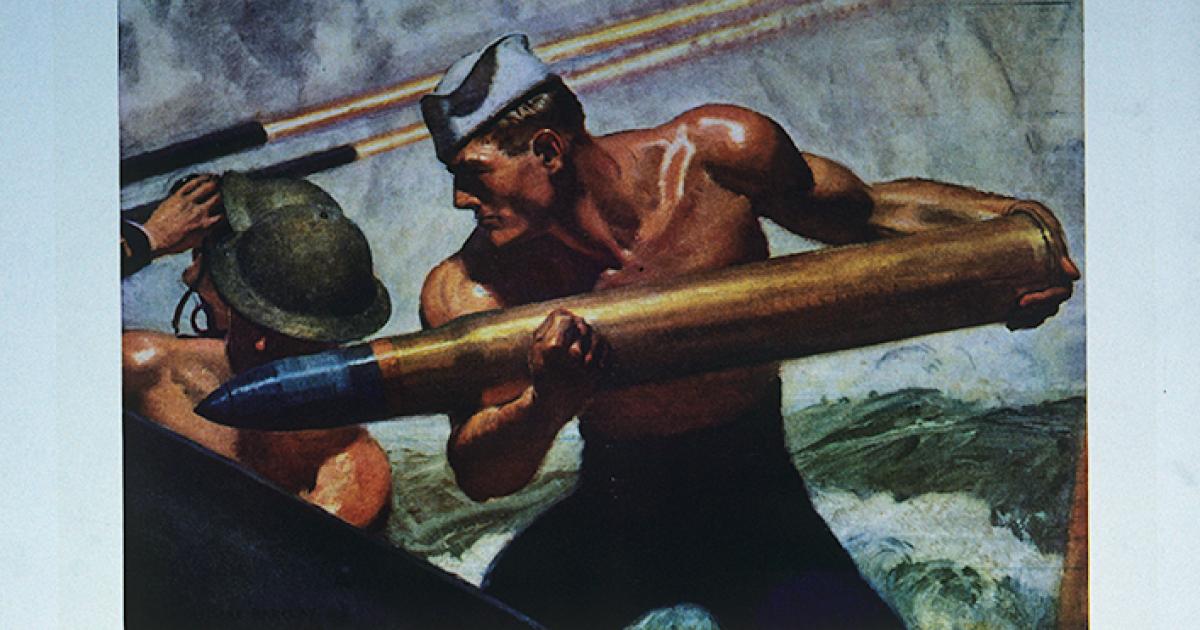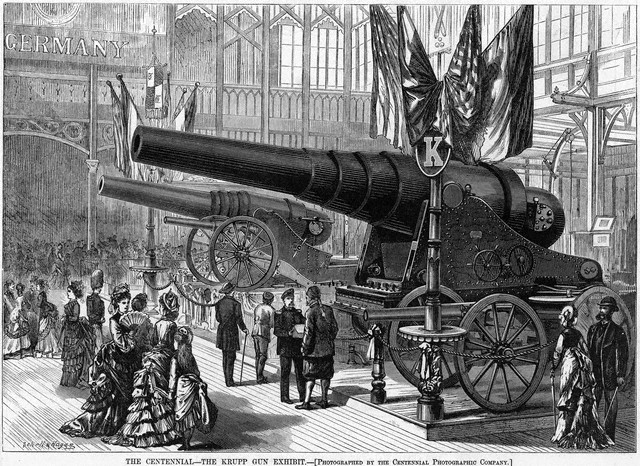
For the past fifteen decades, explosives, not bullets, have inflicted most of the destruction in a land war. In the 1870 Franco-Prussian War, Krupp's breech-loading cannon annihilated the French army. His enormous guns were featured at the World’s Fair in 1876, leading to the sobriquet that artillery was the “king of battle.”

The Germans fired one million shells on the opening day at Verdun in 1916. During World War II, the Red Army fired two million rounds into Berlin, a city about to collapse from airstrikes. In three weeks at Hue City in 1968, one U.S. Army brigade fired 52,000 rounds. The volume of artillery in Vietnam was prodigious. In the two-month incursion into Cambodia in 1970, for instance, 847,558 rounds were expended.
Artillery doesn’t require sophisticated communications, or clearance through several echelons of command in the rear. It responds immediately, 24 hours a day, regardless of weather. Artillery protects your flanks, your rear, and your frontlines. Troops can never have enough fire on call. It is inexpensive and expendable. Fire and forget; force the enemy to remember to duck.
The problem was that America did forget the power of artillery, neglecting its role as the military budget was severely reduced, forcing dramatic tradeoffs. Defense spending was 11% of GDP during the Korean War in 1953, 8% during the Vietnam War, and 5% in 1990. In the decade after the Soviet Union disintegrated, the Defense budget dropped to 3%, where it is today.
The rationale thirty years ago was that Defense could be cut because our only military peer, the Soviet Union, had disintegrated. Defense manufacturers consequently shrank from dozens to an oligopoly of five corporations, accounting for 70% of all Pentagon contracts. Between 2000 and 2020, the salaries, layers of bureaucracy, and lobbying budgets of the oligopoly skyrocketed. Both the providers (the mega corporations) and the consumers (the military services) of their products turned toward very high tech, very expensive systems.
This was called “info-centric” warfare. At the start of the 21st Century, no nation could match our technological wizardry. For two decades, it proved successful. Our satellites and drones identified targets, and then our drones and aircraft picked them off, one at a time. One shot, one kill. There was no need for much artillery. In 2003, our forces drove 400 miles from Kuwait to Baghdad, easily shattering the Iraqi army. In both Iraq and Afghanistan, our drones roamed over hundreds of miles, pinpointing and killing individual terrorists with single shots. The combat results seemed to bear out the wisdom of investing in quality over quantity.
Artillery shells were a high volume, low profit item that seemed vestigial. The apparent solution was to add high tech in the form of GPS devices into each shell. Each long-range, GPS-equipped shell, called Excalibur, was envisioned as destroying a sensitive target 25 miles away. Excalibur costs more than $100,000 per shell. At that price, corporations profited due to cost plus fixed fee contracts, while the services supposedly gained by needing many fewer shells, with less logistics. Precision strike had replaced the brute force employment of cheap, bulk explosives.
In 2020, the U.S. Marines—of all services—provided the headstone for the grave of “the king of battle” by reducing their artillery battalions from 21 to 5. The Marine command decided that a few missile systems would produce, through precision, better fire support than the 96 artillery tubes that were jettisoned.
Most retired senior Marine generals and combat grunts like me disagreed. In 1966, North Vietnamese soldiers closed in on my Force Recon patrol. No friendly unit could rescue us; we were a dozen miles outside our lines. To save five of us, our brothers unleashed 22,000 pounds of explosives. There was no “precision target”; our artillery battalion hammered the jungle with hundreds of shells. But in 2021 the Marines did away with those battalions because that kind of war seemed antique.
Oops. Four months later, Russia invaded Ukraine, reminding everyone of the perpetual reality of ground combat. Nothing is harder to kill than an armed man who knows you are trying to kill him. Artillery was applied in massive quantities. After two years, the Ukrainian front lines resembled World War I, with muddy trenches protecting against the Russian artillery barrages.
Artillery was causing 80% of the casualties.
Yes, drones had emerged as the new weapons. But like a boxer, you need both a left and right hand. Drones complemented rather than substituted for the smashing effect of constant shelling. Artillery suppressed electronic warfare systems, permitting the drones to seek out enemy vehicles and individual soldiers. However, the ubiquitous drones made it imperative that artillery batteries move away very quickly after each fire mission.
The Ukraine war had caught the U.S. military out of position. On the one hand, the Pentagon did not anticipate, let alone adapt to the commoditization of high tech. Impoverished Ukraine was producing annually in its garage shops one million cheap (less than $700 per copy) drones; the Pentagon paid thirty times as much, due to our pricing and cost structure. Nor did Congress adapt; it has authorized a Defense budget that rubber stamps the Pentagon’s request for expensive manned aircraft and ships, instead of shifting at least 20% into unmanned systems.
On the other hand, Pentagon and American business practices made impossible the production of raw munitions, especially cheap artillery shells. The cost of the 155 mm shell produced by the United States or other NATO countries was a minimum of $5,000, while the Russian 152 mm shell costs $1,000. Russia was firing 10,000 artillery shells per day, compared to 2,000 the U.S. and NATO were providing to Ukraine. As disturbing, electronic measures have taken away the advantage of sophisticated GPS-guided shells like Excalibur, despite their per unit cost exceeding $100,000.
In early August, the Congressional bipartisan Commission on National Defense warned that “the threats the United States faces are the most serious and most challenging the nation has encountered since 1945 and include the potential for near-term major war. The United States is not prepared today… a real risk, if not likelihood, that conflict anywhere could become a multi-theater or global war.”
The Commission recommended a minimum annual real increase in the Defense budget of 4%. But a 40% increase is needed to get Defense back to 5% of GDP, where it was before we faced the three-headed enemy of Russia, China, and Iran plus its proxies. Four percent a year is a token; yet 40% seems far beyond the consensus in Congress and in foreign policy circles.
Ukraine illustrates that at both ends of the modern combat spectrum—high tech and brute force—the U.S. has fallen perilously behind. Of course, artillery is not obsolete. The Marines and the other services just pretended it was because they were out of money.
What to do? Two suggestions. First, advocate for a dramatic (10% a year) increase in Defense spending. But we know that without a shocking attack, such an increase won’t happen. Nonetheless, a steady drumbeat of concern is better than silence. Our generals and admirals disappoint by not speaking out in unmistakable language.
Second, produce items offshore where costs are much cheaper, adding sensitive items back here in the States. Reliable counties like Poland can produce artillery shells for a third of our cost. At the high-tech end, Ukraine has shown that a dozen countries can produce cheap drones. Fine, contract for them to do so, and contract with U.S. companies to add any sensitive items here at home. But again, the populist sentiment infusing our domestic politics makes it highly unlikely we will do so. All of us together—our elected politicians, our press, and the few who read this essay—are gambling America will never again fight a major war. “Great civilizations are not murdered,” Toynbee wrote. “They commit suicide.” Perhaps we are exempt from history.
As a grunt, I’m grateful for the fire support that let me live so long. I am concerned that my fellow Marine grunts can’t call on the same volume of artillery if they are stuck somewhere, alone. I have grandsons who have volunteered to serve. Put me down on the side of arty—lots of it.








